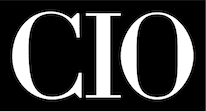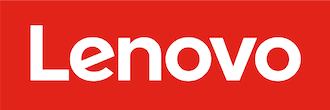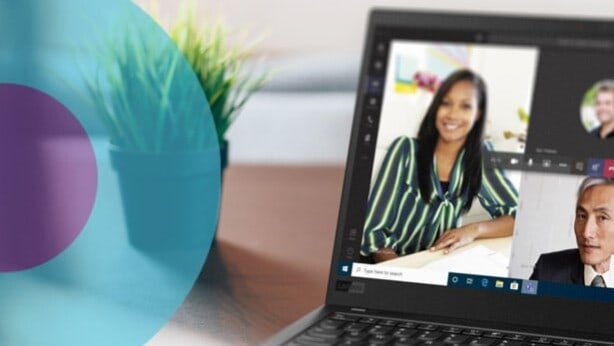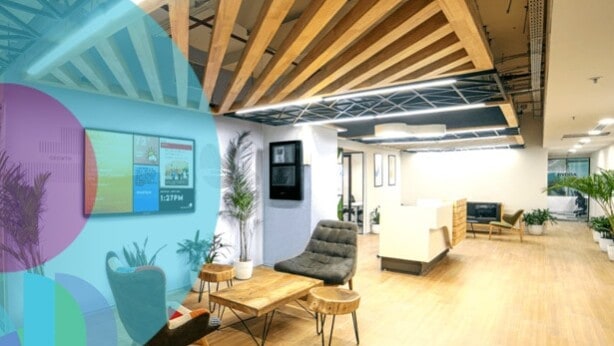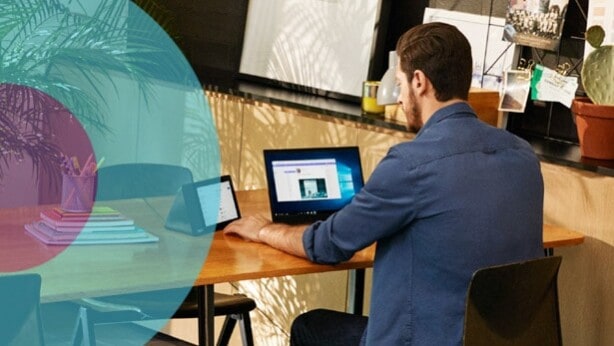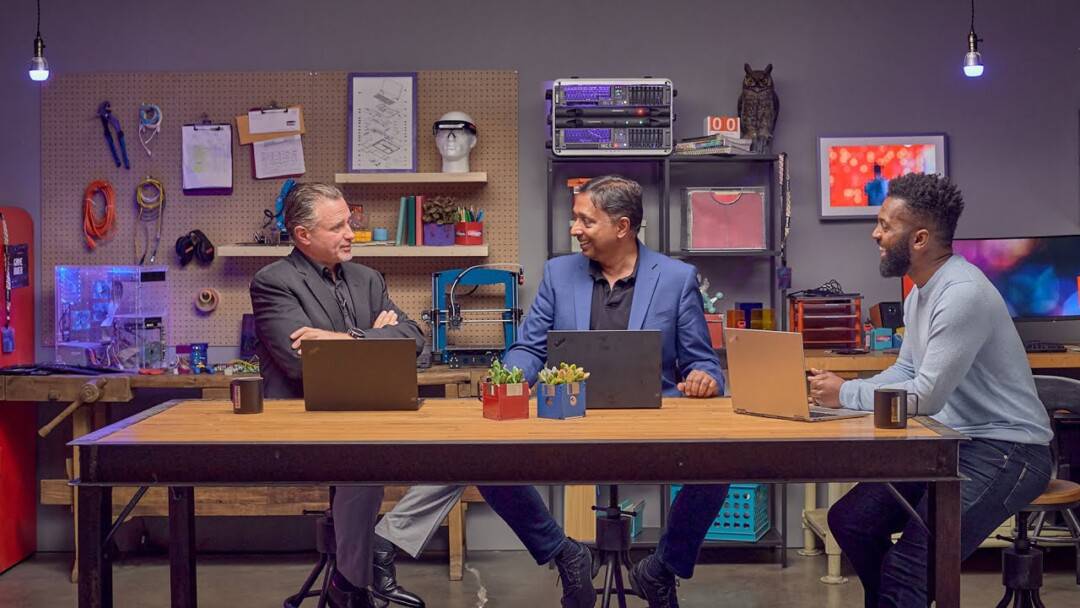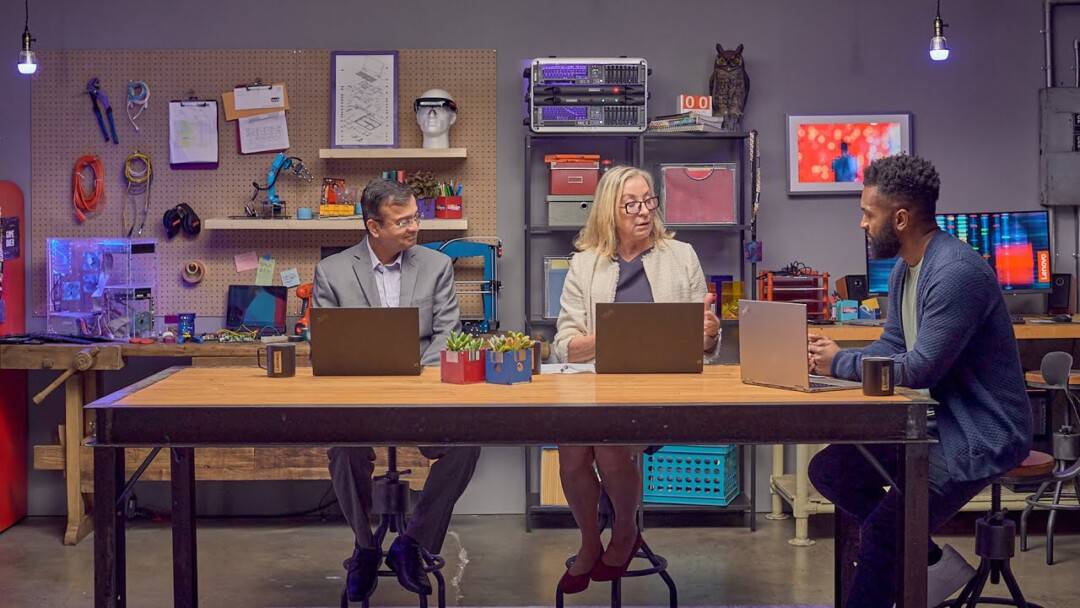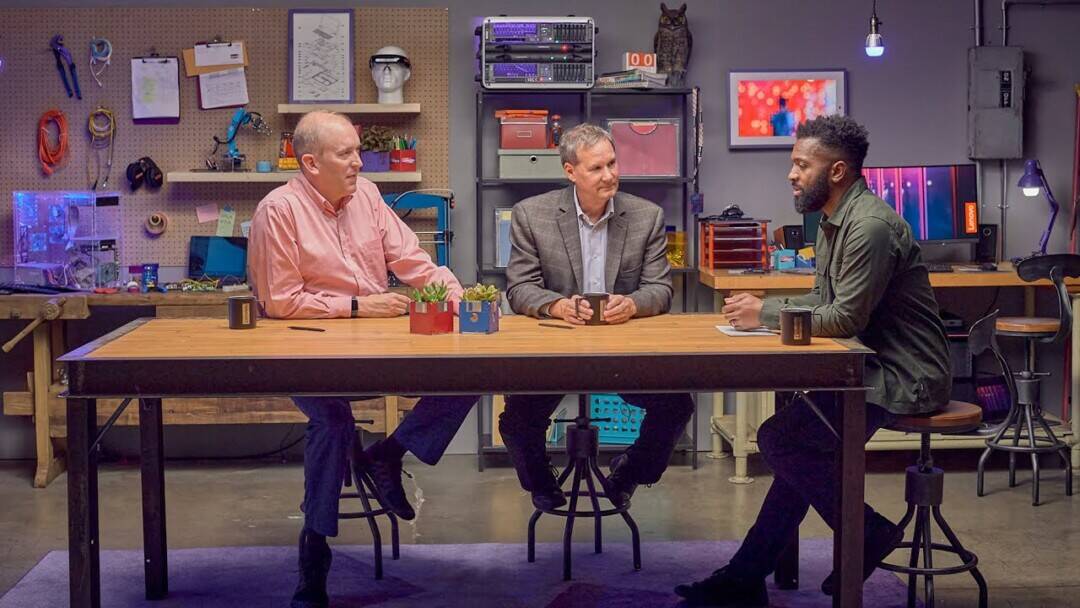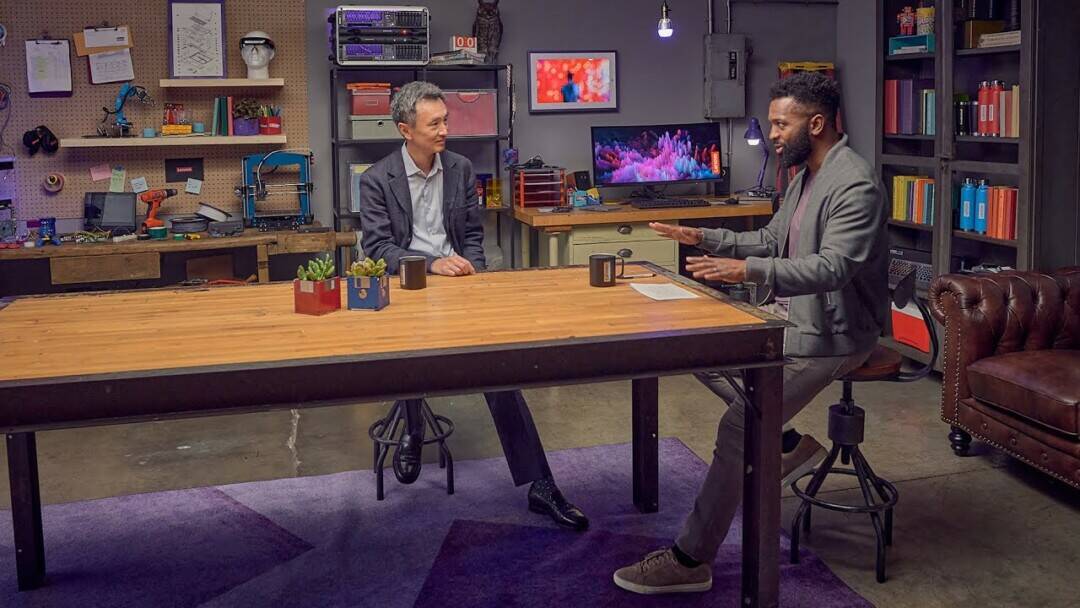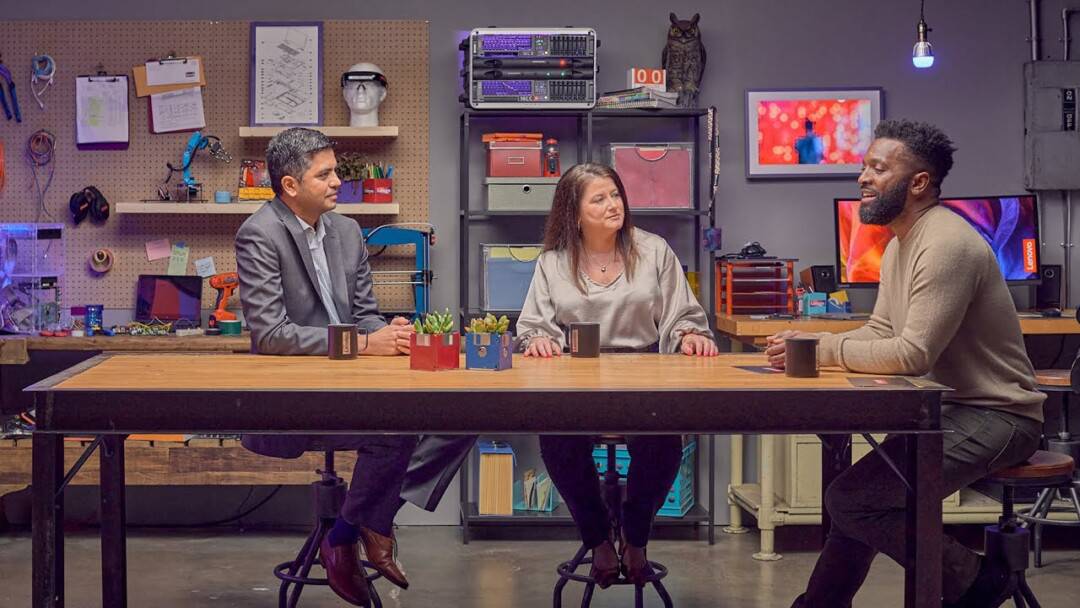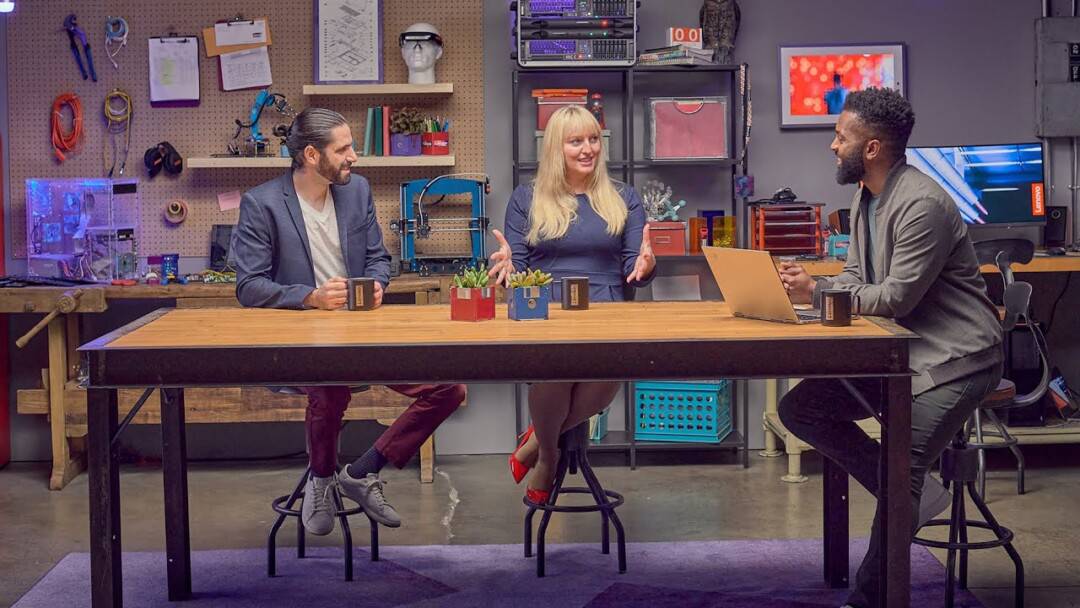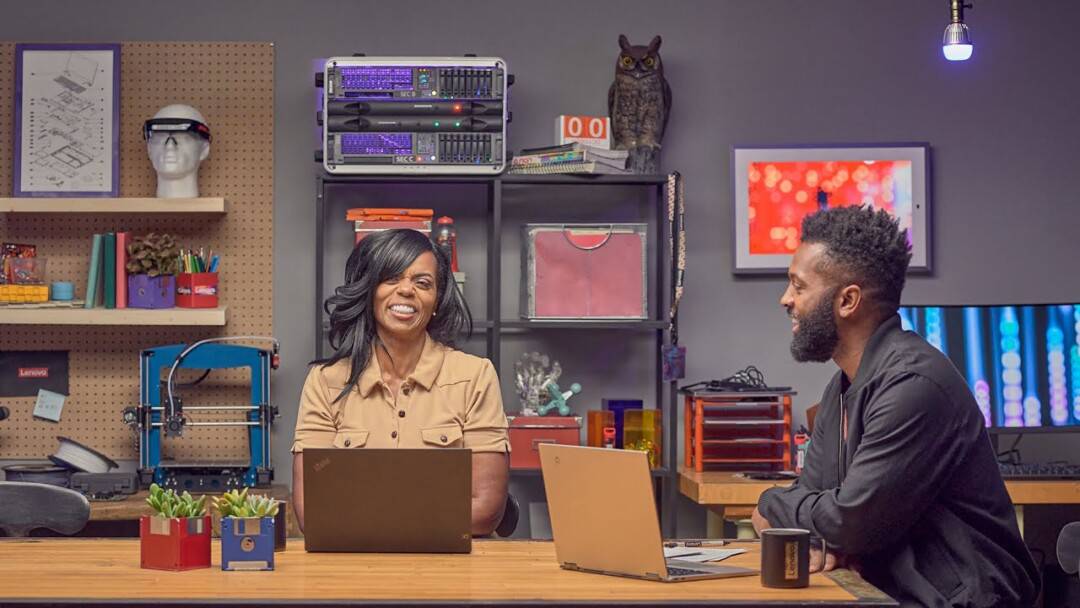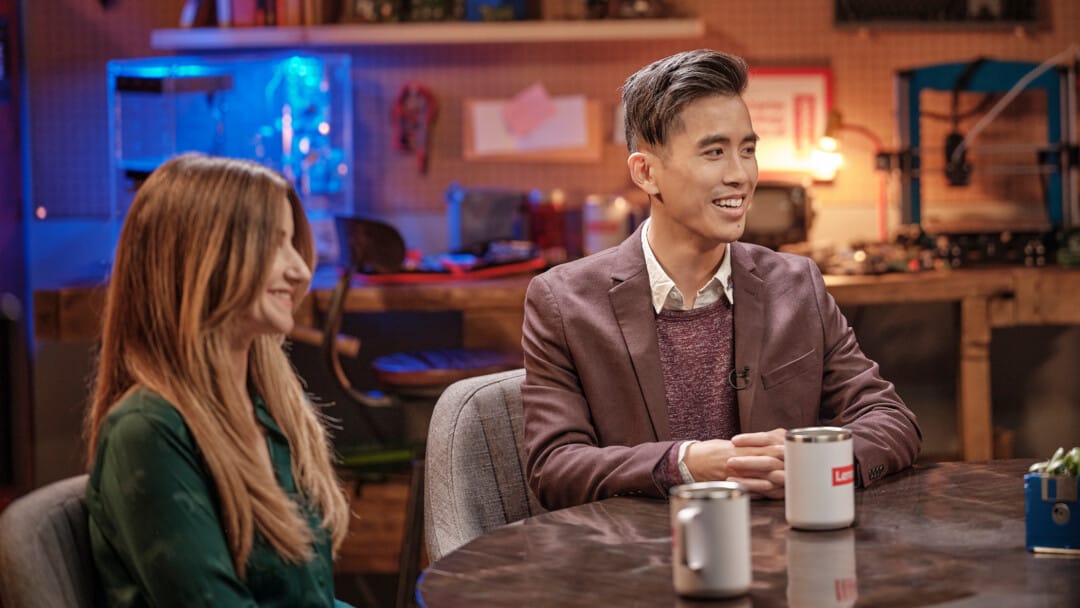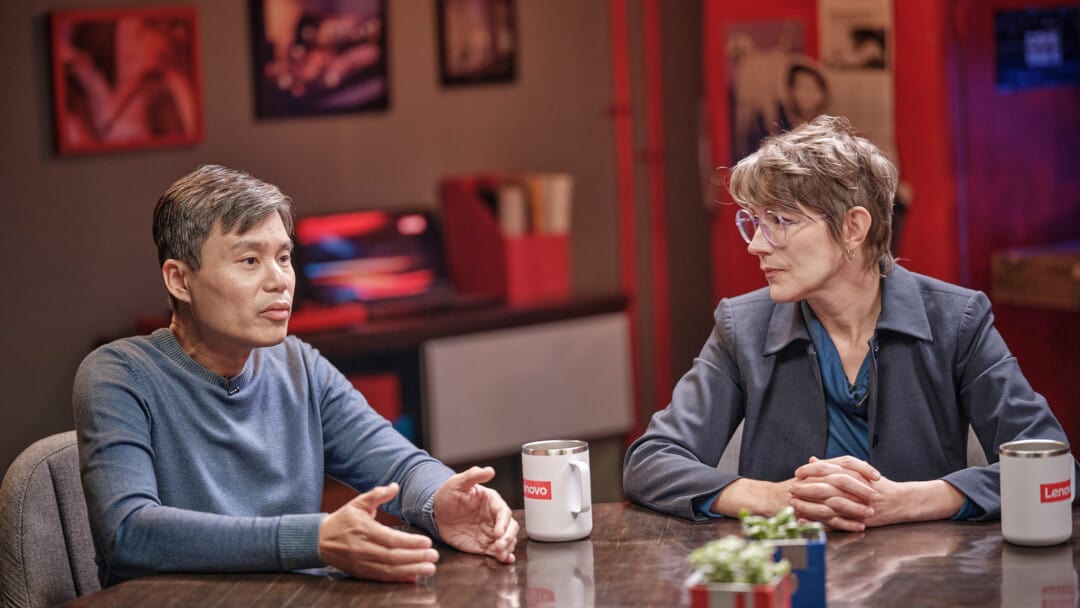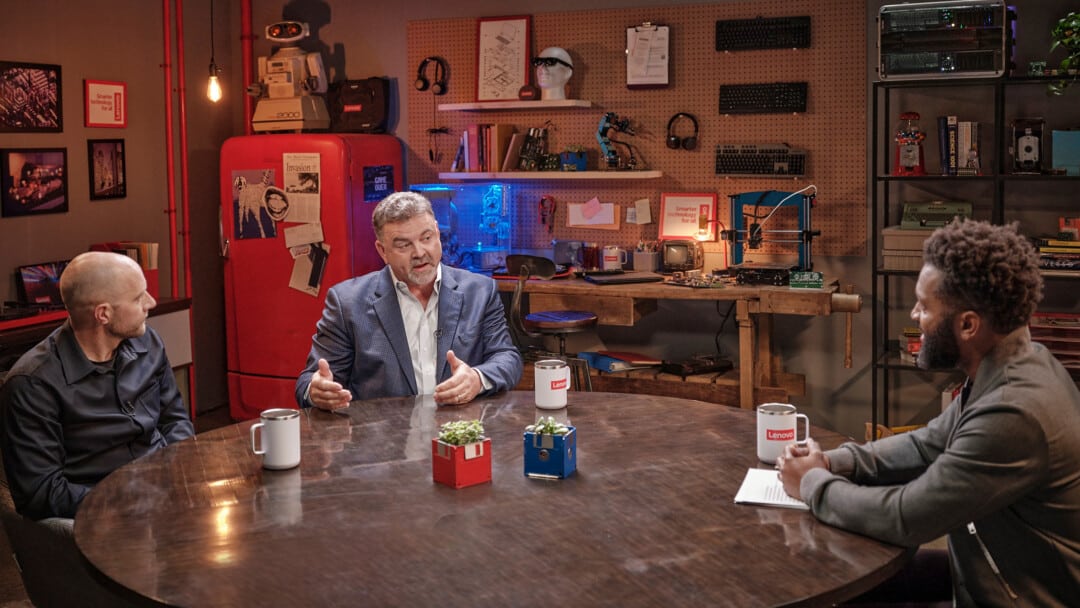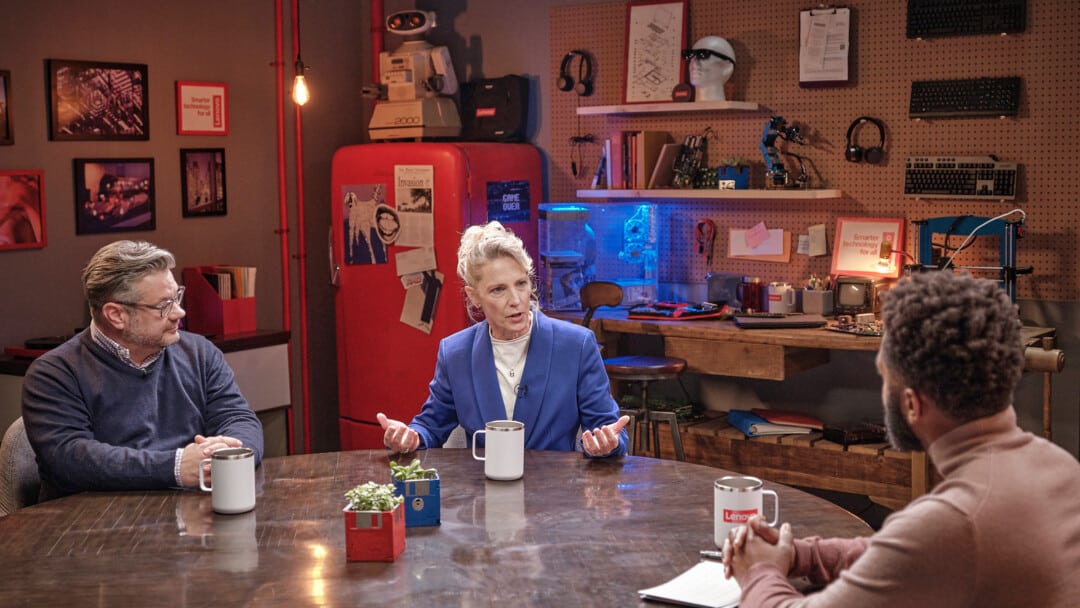
“There are definitely generational differences between younger and older workers,” said Jeff Kagan, industry analyst and columnist (@jeffkagan). “What is easy for the young is often more difficult for the older workers. IT systems must be very easy to use for everyone.”
As remote work models persist and new hybrid models emerge, many organizations are looking to IT to come up with new solutions to help smooth over any generational differences and keep all workers collaborative and productive. We asked the IDG Influencer Network, a community of IT professionals, industry analysts, and other experts, how IT can address generational differences across the workforce. Here’s a summary of what they said.
More flexibility required
Experts agree IT can play an important role in providing “experience parity” across the workforce. But because there’s no blanket solution, IT needs to be more flexible:
- “Providing optimal employee experiences in hybrid work models can’t be a one-size-fits-all approach,” said Isaac Sacolick, president of StarCIO and digital transformation leader and influencer (@nyike). And while it’s not realistic for IT to fully personalize every solution, “IT must be empathetic, learn from a broad spectrum of people, and provide a flexible choice of technology options,” he said.
- “The main takeaway here is that more than ever, IT must be more flexible and innovative with its approach to addressing the challenges across the full length of the spectrum,” said Cedric Wells, director of IT infrastructure services with The Gorilla Glue Company (@cedricfwells). “It’s about enabling everyone to do their best work regardless of where they are, with the flexibility they desire, and doing this securely with a zero-trust approach.”
- “To address generational differences in remote work, we can provide multiple technologies for reporting in and for collaborating around,” said Brent Kirkpatrick, a cybersecurity consultant and researcher at Intrepid Net Computing (@DrBKirkpatrick).
A flexible model requires IT leaders to be more open-minded than ever before about employee needs and preferences.
“IT needs to realize there’s wisdom in age and wisdom in youth regarding technology,” said Will Kelly, technical marketing manager for a container security startup (@willkelly). “They shouldn’t trip themselves up on stereotypes and innuendos about generational differences.”
Which isn’t to say that generational differences don’t exist. It’s important to acknowledge those differences and provide solutions that support different ways of working.
“Millennials most likely will solve or try to solve their issues, while Gen X can submit a ticket to resolve the issue,” said Martha Cisneros, an IT engineer and technology consultant (@marthacisneros). A customized service desk with a knowledge base of FAQs could help there, Cisneros said.
A persona-based approach, backed by training and support
Joanne Friedman, PhD., CEO and principal for Smart Manufacturing at Connektedminds Inc. (@joannefriedman), suggests one way for IT to better understand generational differences is by adopting a proven technique from their colleagues in marketing: persona development: “The best thing a CIO can do is partner with marketing and develop user personas that balance IT’s needs for security with different groups of end users’ needs for tools that complement their role in the business.”
CIOs should also look to build IT teams that reflect the generational diversity of the broader workforce. “IT can hire older employees that understand the challenges firsthand and mentor their generational peers on the complexities of hybrid and remote work models,” said Frank Cutitta, CEO and founder of HealthTech Decisions Lab (@fcutitta). “While Baby Boomers appreciate coaching from younger generations, the empathy they have with fellow Boomers can be a powerful training and support element.”
Training and support are recurring themes to address generational gaps:
- “IT can help address any generational differences by making sure all users are trained on how to use the technology solutions that are in place for their particular hybrid environment,” said Adam Martin, IT director at American Structurepoint (@colttrickle). “If they do not know what is available to them or how to use it, the hybrid model is not going to be very successful for those organizations.”
- “The key to bridging generational differences must be having the right communication, collaboration, and productivity tools in place to allow workers to interact and feel part of a team in a secure way, regardless of their digital capabilities,” said Sridhar Iyengar, managing director of Zoho Europe (@isridhar). “The IT team can assist this process by ensuring the right training programs are in place to ensure all members of staff are adept at using the systems in place. This should include access to a dedicated helpdesk service, offering assistance and guidance for those who require it.”
- “Older employees embrace the flexibility and benefits of working from home and working from anywhere. At the same time, their younger counterparts expect it and are willing to give up benefits like bonuses or paid time off for the option to choose their ways of working,” said Gene De Libero, chief strategy officer at GeekHive.com (@GeneDeLibero). “IT can empower this hybrid/remote workforce and enable flexibility, collaboration, security, and productivity through practical workplace-provided technology, training, and support.”
Creating the infrastructure for the hybrid workplace is an opportunity for IT leaders to rethink how technology enables and enhances the employee experience across the workforce.
“The emerging flexible workplace must be designed with a focus on the different needs, values, and goals for each generation,” said tech influencer Elitsa Krumova (@Eli_Krumova). “Organizational leaders should certify that the diverse expectations and demands of the multigenerational workforce are addressed appropriately, providing the required type and level of support for all ages.”
